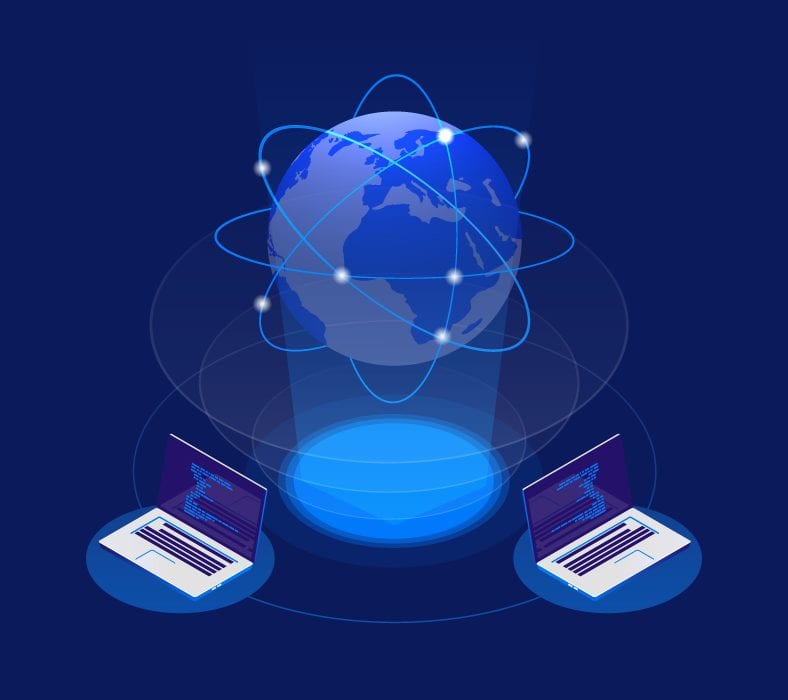How Best-in-Class Companies Move Data Around Their Organizations
Pandio’s managed systems help companies move and share data reliably and seamlessly. Companies need a system they can trust and that adapts to the ever-changing technology landscape.
With the appearance of big data, cloud computing, AI, ML, IoT, and all other cutting-edge technologies, companies have been rapidly replacing the traditional methods of working with innovative digital tools. With the mass migration of companies to the digital world, large amounts of data are being used each second around the globe. Data moving in various enterprises helps to better manage data in their systems.
Therefore, more and more data is available online, and there are no signs of this process slowing down any time soon. Moreover, companies often need to transfer, share, or move their valuable data, so data movement techniques and strategies are crucial today.
What is data movement?
Data movement is exactly what its name suggests. It’s a process of moving data from one place to another within an organization, and there are several methods companies can use to achieve this.
You’ve already done a microscopic amount of data movement every time you moved a folder from one place or device to another, but what we are talking about here is the same basic activity but on a much bigger scale.
Namely, companies have a lot of data they need to move daily. Additionally, with data becoming bigger and more complex, new methods had to be introduced to make big data movement possible.
There are various reasons for companies to move their data, but it’s most commonly when:
- Moving to the cloud
- Building new business processes
- Introducing a new data warehouse or database
- Replacing an outdated application or device
- Replacing legacy systems
- Purchasing a new computer hardware
Data movement methods
There are many different data types as well as numerous data movement purposes and requirements. Naturally, these variations and alternations called for the introduction of different data movement methods.
As a result, companies can choose from integration, replication, change data capture as primary data movement methods. However, stream processing and data warehousing are also viable solutions for data movement.
Integration
One of the most popular methods of data movement is data integration. It’s also one of the more complex processes, primarily used when the two systems don’t have the same data fields or schema.
To transfer the needed data successfully, companies must manipulate it and change its format. With the help of ETL (extract, transform, load) and ELT (extract, load, transform) processes, companies can use special software tools to easily change the format and appropriate it for the new destination.
Replication
Contrary to data integration, replication doesn’t require data transformation for the movement to be successful. It’s an ideal option for companies that need a movement tool that won’t change the data’s original format but rather replicate it in the desired destination.
Replication is the best method for sharing certain data with employees, partners, or clients. It allows them to access the data while companies stay in control of the data in question and have the power to manipulate it. Additionally, it’s great for making copies for recovery purposes.
Change data capture
Just like replication, CDC (change data capture) doesn’t transform data format during the data movement process. You can even use CDC to support replication, but it also has its unique use case.
Once companies have several replications of the original data source, they don’t have to enter the changes in every system manually. Instead, CDC allows them to make real-time changes and updates the data regularly. Furthermore, it synchronizes all data sources with the original.
Stream processing
Finally, stream processing systems aren’t primarily intended for data movement, although they can perform some simpler tasks. While they can’t transfer the data between different databases, stream processing platforms can complete some less demanding and less structured actions.
Data movement types
Companies can use data movement processes on three different levels – storage, database, and application movement.
Storage movement
Implementing new technology is a big step for every business as it requires a lot of data movement. It’s the perfect time to decide what data companies need to keep or discard to make better storage decisions.
Effective storage movement will ensure a company has an organized and clutter-free working space that’ll allow its employees to find what they’re looking for quickly and easily. Also, this process will find the best ways to make enough space for all the data.
Database movement
Database movement is a bit more complex, as it includes databases. Namely, every time a company wants to upgrade its database software or change its database vendor, a database movement process needs to occur.
To make database movement smooth and easy, companies take a closer look at their data structure and look for compatibility issues that could negatively affect data movement. Then, they do everything to transform the data and make it compatible with the new database.
Application movement
Finally, application movement is the most complex process of data movement. Because each application has a unique data model, every bit of data used in a particular application has a specific format. Naturally, this creates an issue for businesses that need to move their data across several applications.
For companies that want to achieve this, the data must be manipulated and changed to fit a different data model.
Final thoughts
To wrap everything up, the biggest companies and enterprises have already switched to digital tools and platforms. To do so, they first had to implement special data movement strategies and techniques to efficiently move data around their organizations.
With Pandio’s approach, your business can manipulate and move data around, just like the best-in-class companies do. By closely examining different data movement methods and types, you can develop the most optimal solution for your business.


